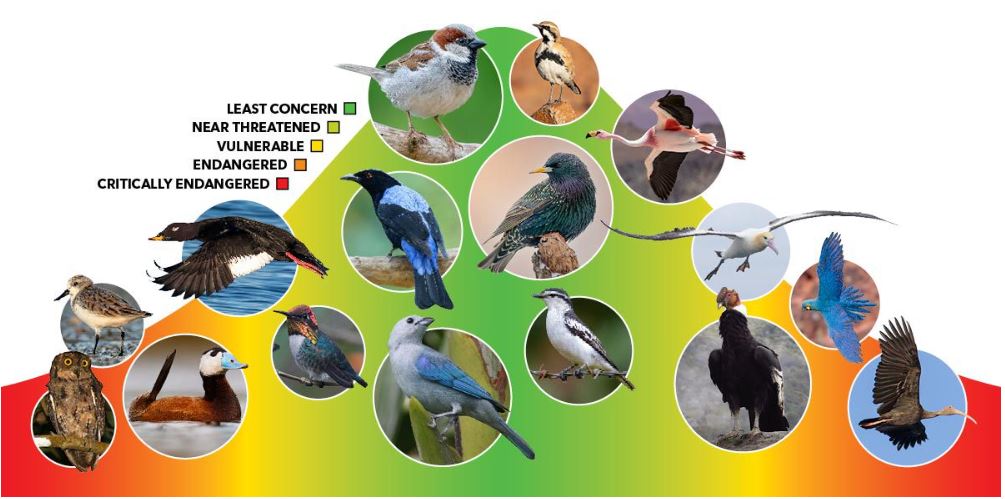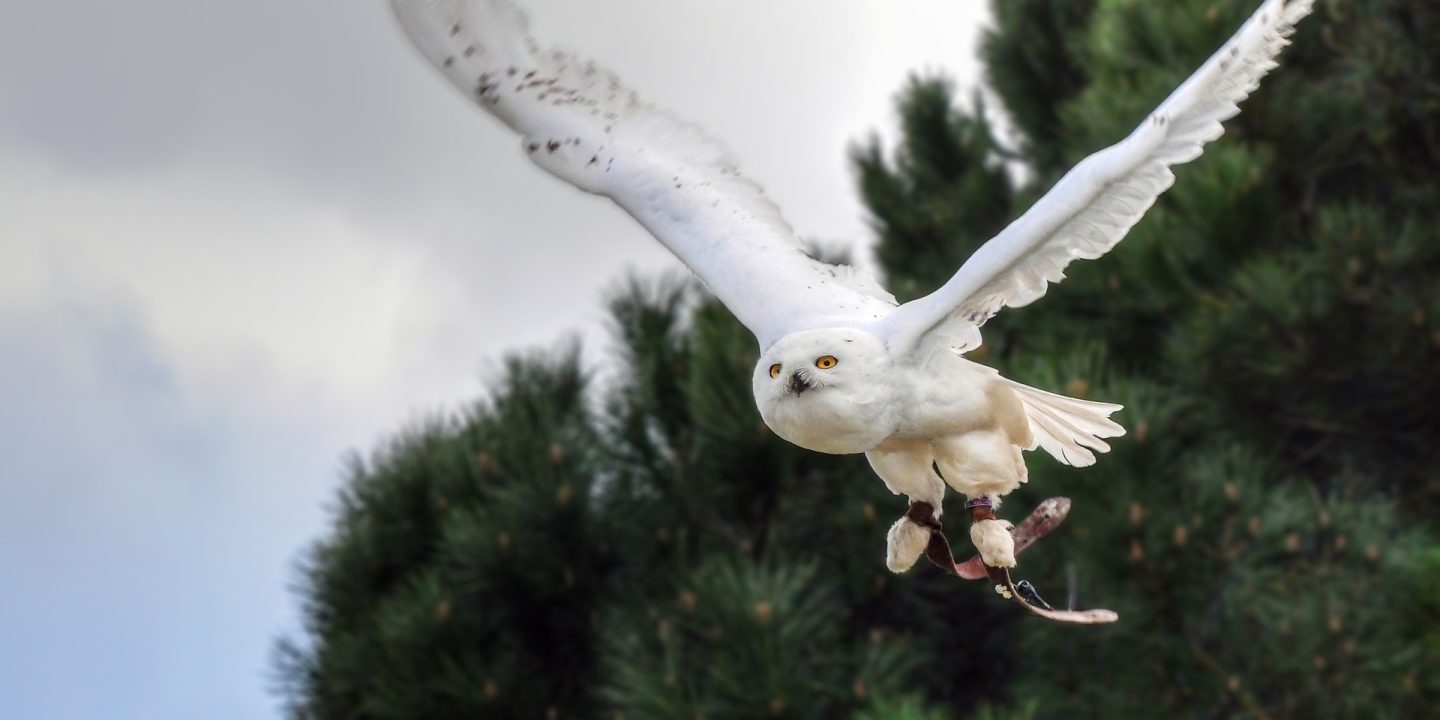Although I am working almost exclusively with marine invertebrates, one of my favourite papers this year was about birds. Hughes et al. (2022) set a quite ambitious goal: to test whether the loss of species threatened with extinction could lead to morphological and phylogenetic homogenization across the entire avian class and within each biome and ecoregion around the world. They used an impressive data set, with morphological traits from 8455 bird species (around 85% of the existing species). These traits were retrieved from natural history museum collections, giving us another example of how these collections can provide valuable information. Eight features, including body size, beak dimension and wing length, were compiled into a multi-dimensional morphospace (a representation of the range of variation in form, shape and structure of organisms) and threat statuses from IUCN for each species were included. After some statistical analysis, the authors found that the world’s most distinctive bird species (the ones with shapes and sizes farthest from average) are often the ones most at risk of extinction (Figure 1). Their disappearance would lead to a “homogenization” of the world’s bird life, leaving a less diverse, appealing, and functional world.

Interestingly, they found evidence of morphological, but not phylogenetic, homogenization across birds. So they conclude that species extinctions will lead to a significant loss of avian ecological strategies, but not a comparable loss of phylogenetic diversity, as this tends to decline as expected as species go extinct. They also showed that most biomes and ecoregions are expected to lose morphological diversity at a greater rate than predicted by species loss alone.
In summary, and answering the question in the title, it seems like distinction does lead to extinction, at least in the avian class. I personally thought that it would also be interesting to know if the same is happening across other animal groups.
Reference: Hughes, E. C., Edwards, D. P., & Thomas, G. H. (2022). The homogenization of avian morphological and phylogenetic diversity under the global extinction crisis. Current Biology, 32(17), 3830-3837. https://doi.org/10.1016/j.cub.2022.06.018
![]()
